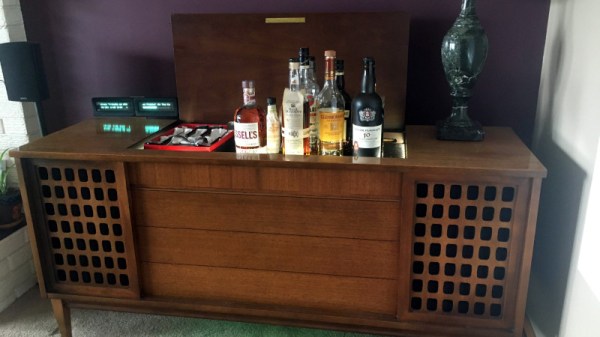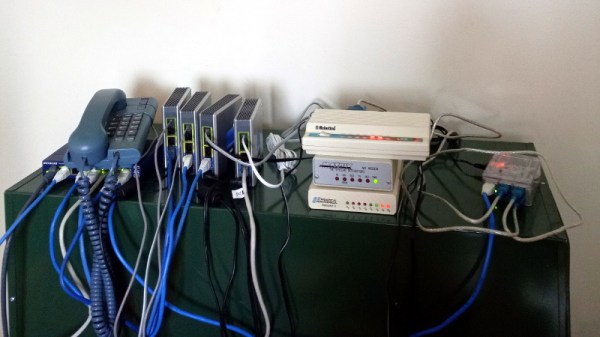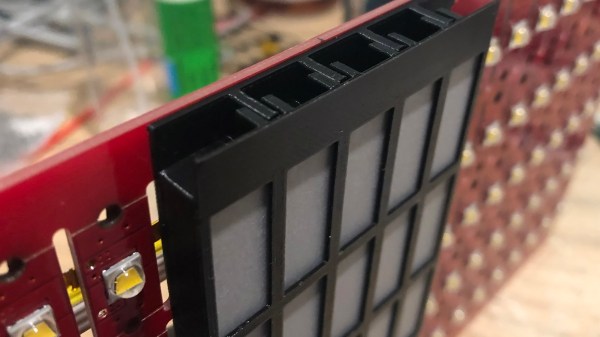We have headphones for your ears, and monitors for your eyes. Some computers even have tactile feedback. Now researchers have an output device for taste. The decidedly odd device uses five gels, one for each of the tastes humans can sense. If we understand the paper, the trick is that ionizing the gels inhibits the taste of that gel. By controlling the ionization level of each gel, you can synthesize any taste, just like you can make colors with three LEDs.
The five gels are made from agar and glycine (sweet), magnesium chloride (bitter), citric acid (acidic), salt (salty), and glutamic sodium (umami). If you didn’t learn about umami in school, that’s a savory taste likened to the taste of a broth or meat and often associated with monosodium glutamate.
The shape of the device is made like a sushi roll so that while the gels contact the tongue, a copper foil cathode can connect also. Using this will make you look even stranger than someone wearing Google Glass, but that’s the price of being on the cutting edge of technology, we suppose. There doesn’t seem to be any reason you couldn’t duplicate something like this, although we wonder about the hygiene of passing it around at parties. Maybe your next home movie could show a meal and let the viewer taste it too.
If you are wondering about smell, that’s another set of researchers. You would think this is the first taste output device we have seen, but no… surprisingly, it isn’t.





 Both the takedown notice and counter-notice are binding legal documents, sworn under oath of perjury. Notices and counter-notices can be used or abused, and copyright law is famously full of grey zones. The nice thing about GitHub is that they publish all DMCA notices and counter-notices they receive, so
Both the takedown notice and counter-notice are binding legal documents, sworn under oath of perjury. Notices and counter-notices can be used or abused, and copyright law is famously full of grey zones. The nice thing about GitHub is that they publish all DMCA notices and counter-notices they receive, so 

















